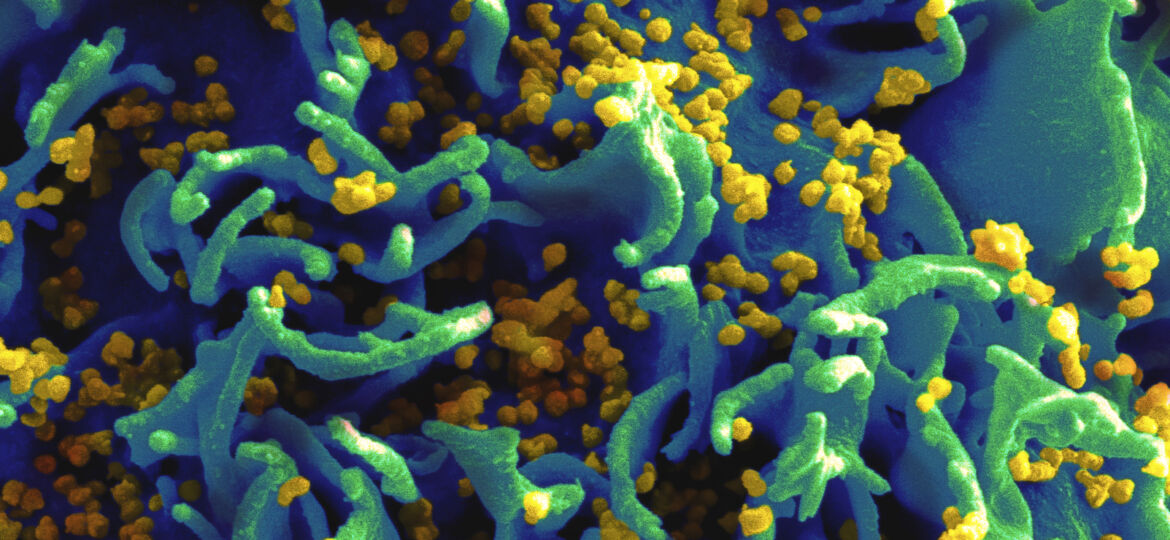
WHY THIS MATTERS IN BRIEF
Questions are appearing over CRISPR’s ability to cure HIV.
HIV can defeat efforts to cripple it with CRISPR gene editing technology, researchers say and furthermore the very act of editing which involves snipping at the virus’s genome may actually introduce mutations that help it to resist attack.
At least half a dozen papers over the past three years have explored using the popular CRISPR–Cas9 gene editing technique to combat HIV but the latest finding, described in a study published in Cell Reports adds to questions about the feasibility of the approach. However, the researchers involved say that the discovery is a minor setback that does not preclude the idea altogether.
Some researchers want to edit genes made by the immune cells that HIV usually infects, called T Helper Cells so that the virus cannot find a way in while others want to go one step further and equip the T cells themselves with gene editing tools so that they can seek and destroy any HIV that infects them and it’s this latter approach that seems to be the most popular.
When HIV infects a T cell its genome is inserted into the cell’s DNA and hijacks its DNA replicating machinery to churn out more copies of the virus but a T cell equipped with a DNA shearing enzyme called Cas9, together with customised pieces of RNA that guide the enzyme to a particular sequence in the HIV genome, could find, cut and cripple the invader’s genome.
A smart enemy
This seemed to work when a team led by virologist Chen Liang at McGill University in Montreal infected T cells that had been given the tools to incapacitate HIV but two weeks later Liang’s group saw that the T cells were pumping out copies of virus particles that had escaped the CRISPR attack. DNA sequencing revealed that the virus had developed mutations very near the sequence that CRISPR’s Cas9 enzyme had been programmed to cut.
To some extent though this was not a surprise, after all HIV has already shown the ability to evolve resistance to all manner of antiviral drugs as well as the human immune system. This happens because its genetic material is copied by enzymes that are prone to error and while most mistakes stop the virus working occasionally a mutation is beneficial for HIV allowing it to evade attack. But Liang thinks that mutations caused by copying errors do not explain HIV’s triumph over CRISPR. Instead, his team contends that the mutations which involved the insertion or deletion of a few DNA letters, occurred when Cas9 cut the viral DNA.
When DNA is cut its host cell tries to repair the break and in doing so, it sometimes introduces or deletes DNA letters. These ‘Indels’ usually deactivate the gene that was cut which is how CRISPR works but sometimes this doesn’t happen. Occasionally, Liang thinks, some of the indels made by the T cell’s machinery leave the genome of the invading HIV able to replicate and infect other cells and to make matters worse the change in sequence means the virus can’t be recognised and targeted by T cells with the same gene editing machinery effectively making it resistant to future attack
Just another mountain to climb
A team led by molecular biologist Atze Das at the University of Amsterdam reported similar results in Molecular Therapy in February and he says he is not surprised that HIV can overcome CRISPR but what he did find surprising was the speed and how fast it does it.
Both he and Liang think that the problem can be overcome, for instance by deactivating several essential HIV genes at once or by using CRISPR in combination with HIV attacking drugs. Gene editing therapies that make T cells resistant to HIV invasion by altering human, not viral genes would also be harder for the virus to overcome and a clinical trial is under way to test this approach using another gene-editing tool, zinc-finger nucleases.
Cullen agrees that the resistance does not mean that there will never be a CRISPR based treatment or cure for HIV but he questions whether a therapy using CRISPR, which would require genetically modifying a substantial number of a patients’ T cells is suited for tackling the virus especially since it is increasingly possible to manage most HIV infections with cocktails of antiretroviral drugs.
















